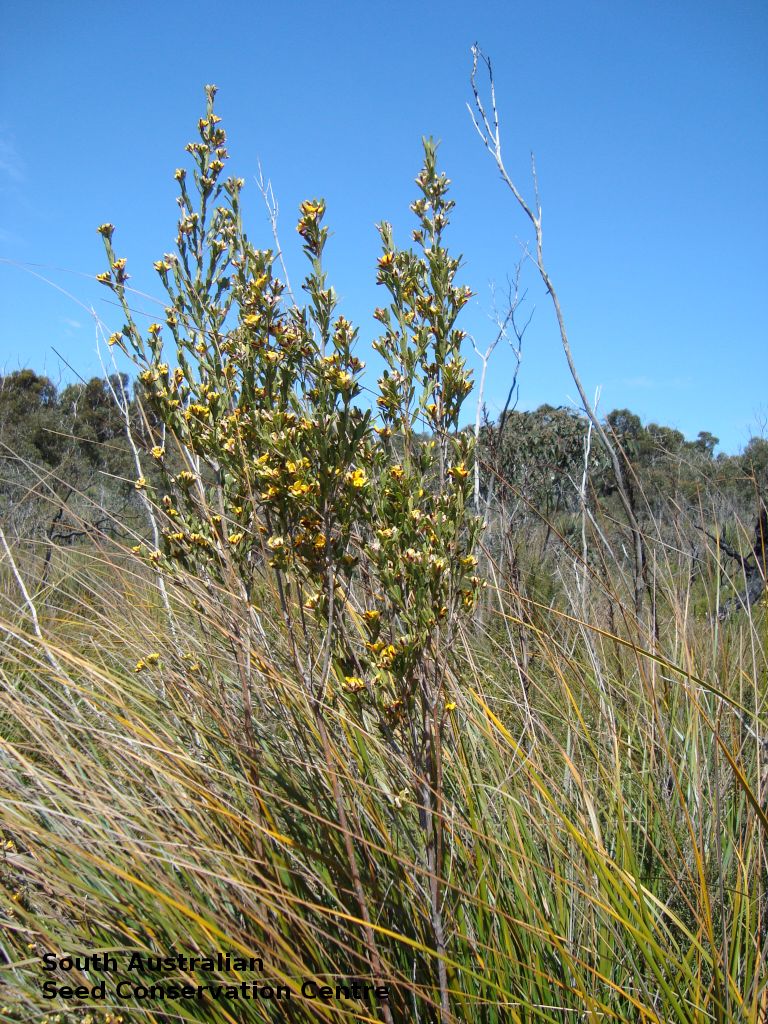
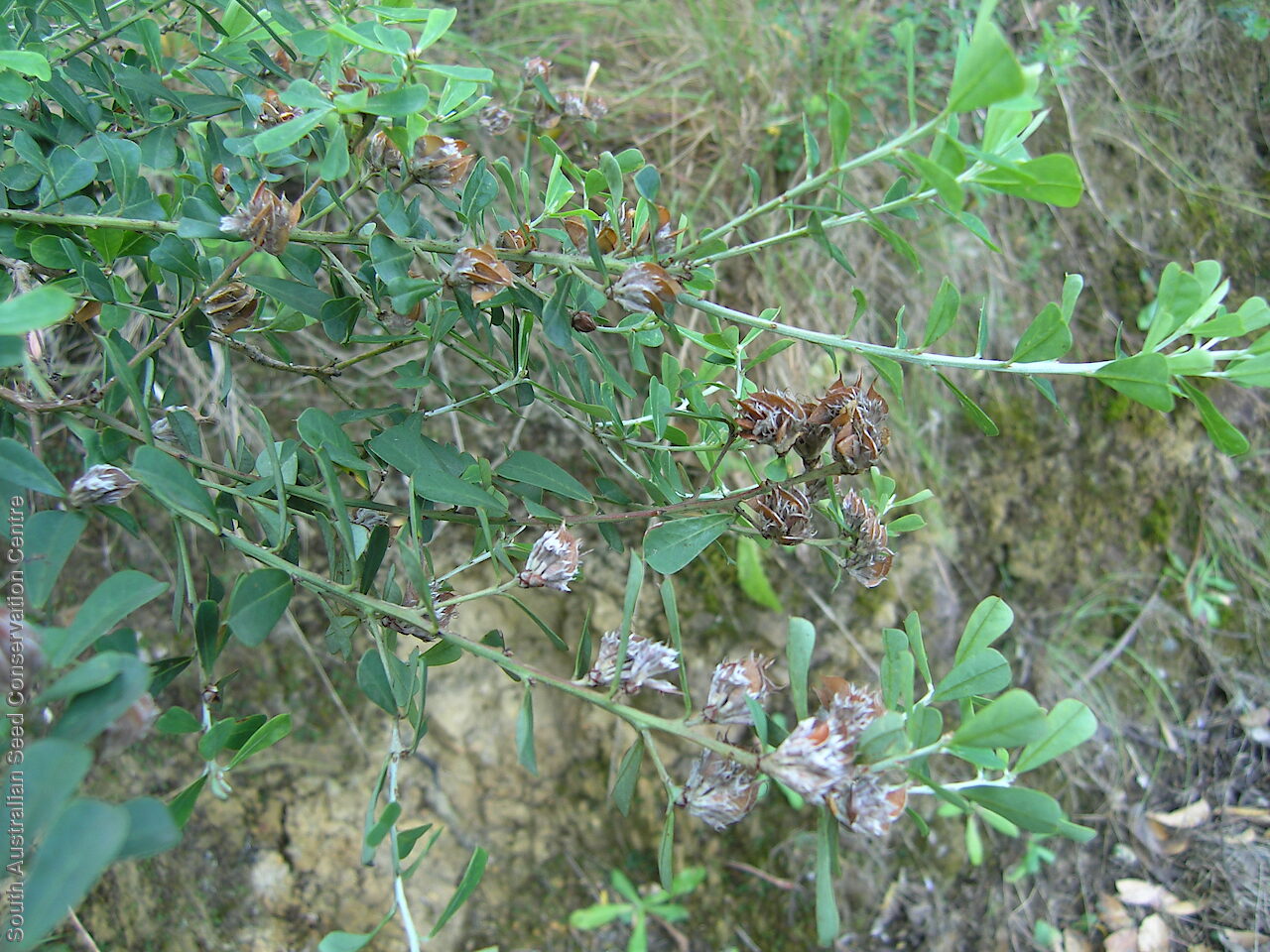
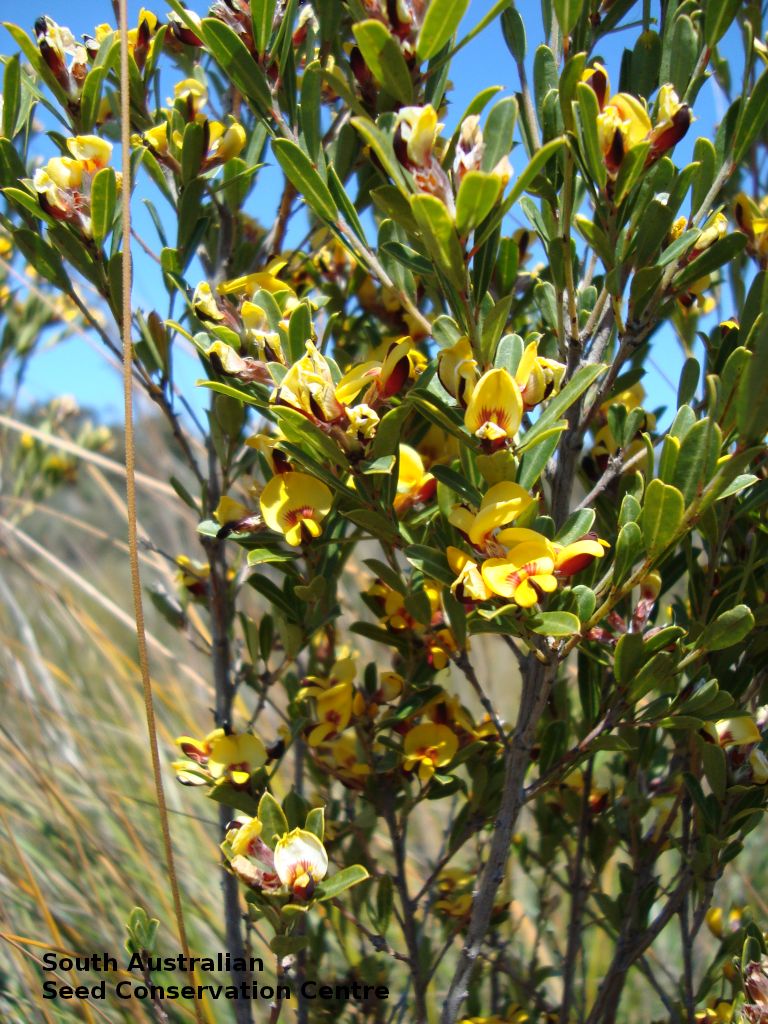
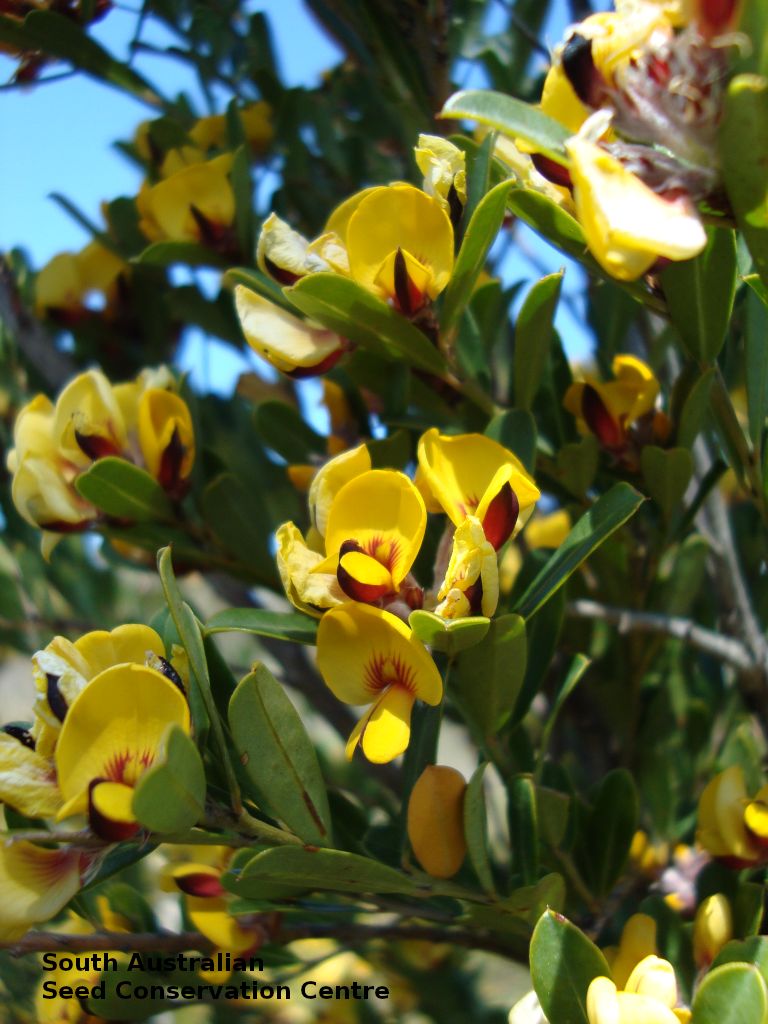
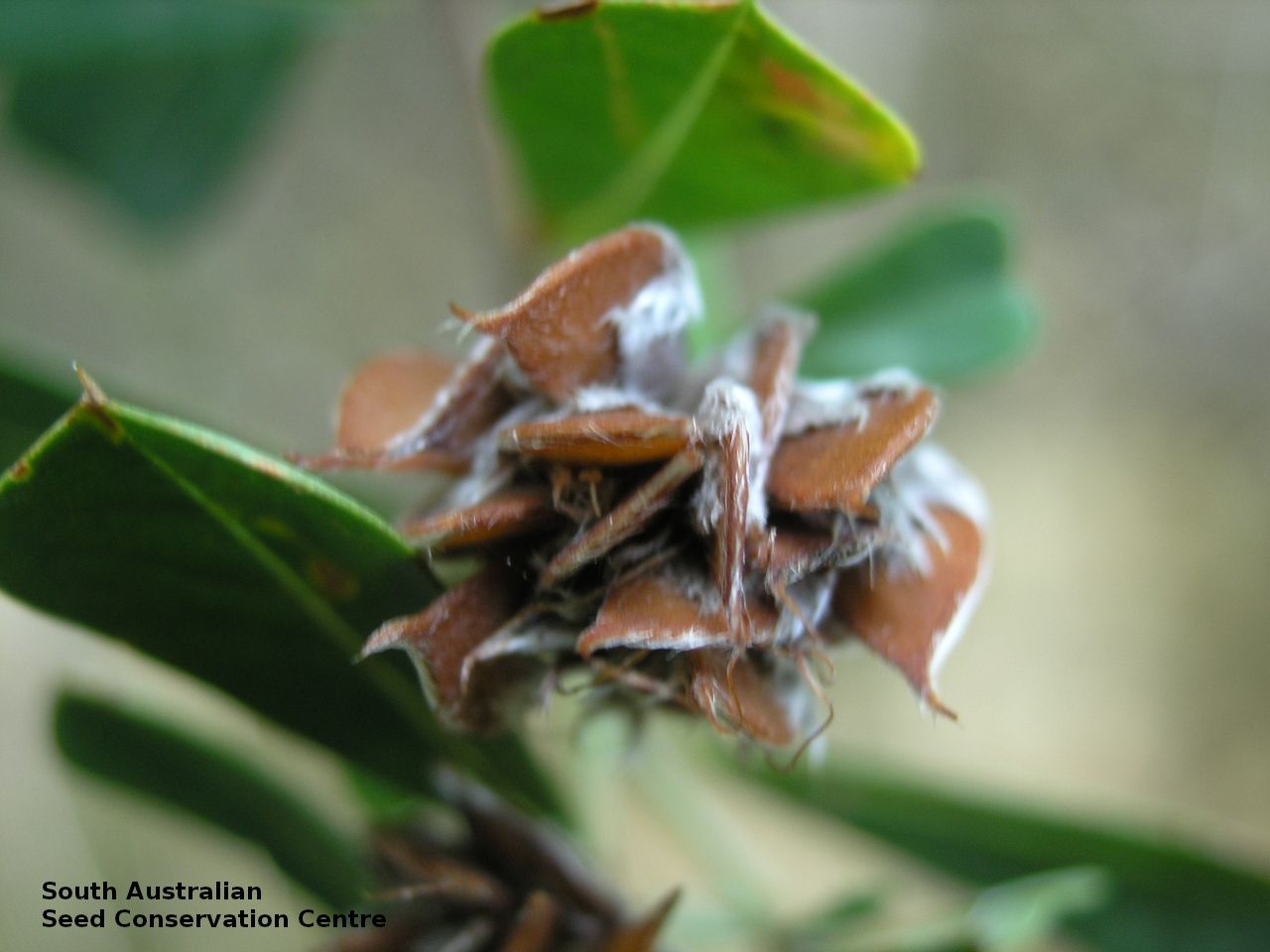
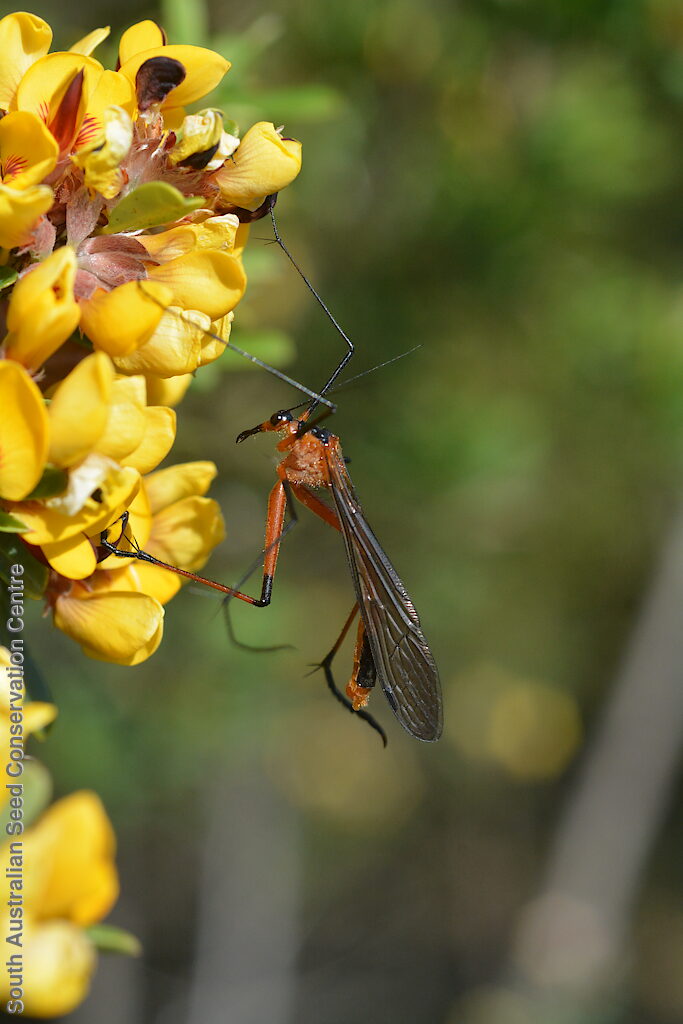
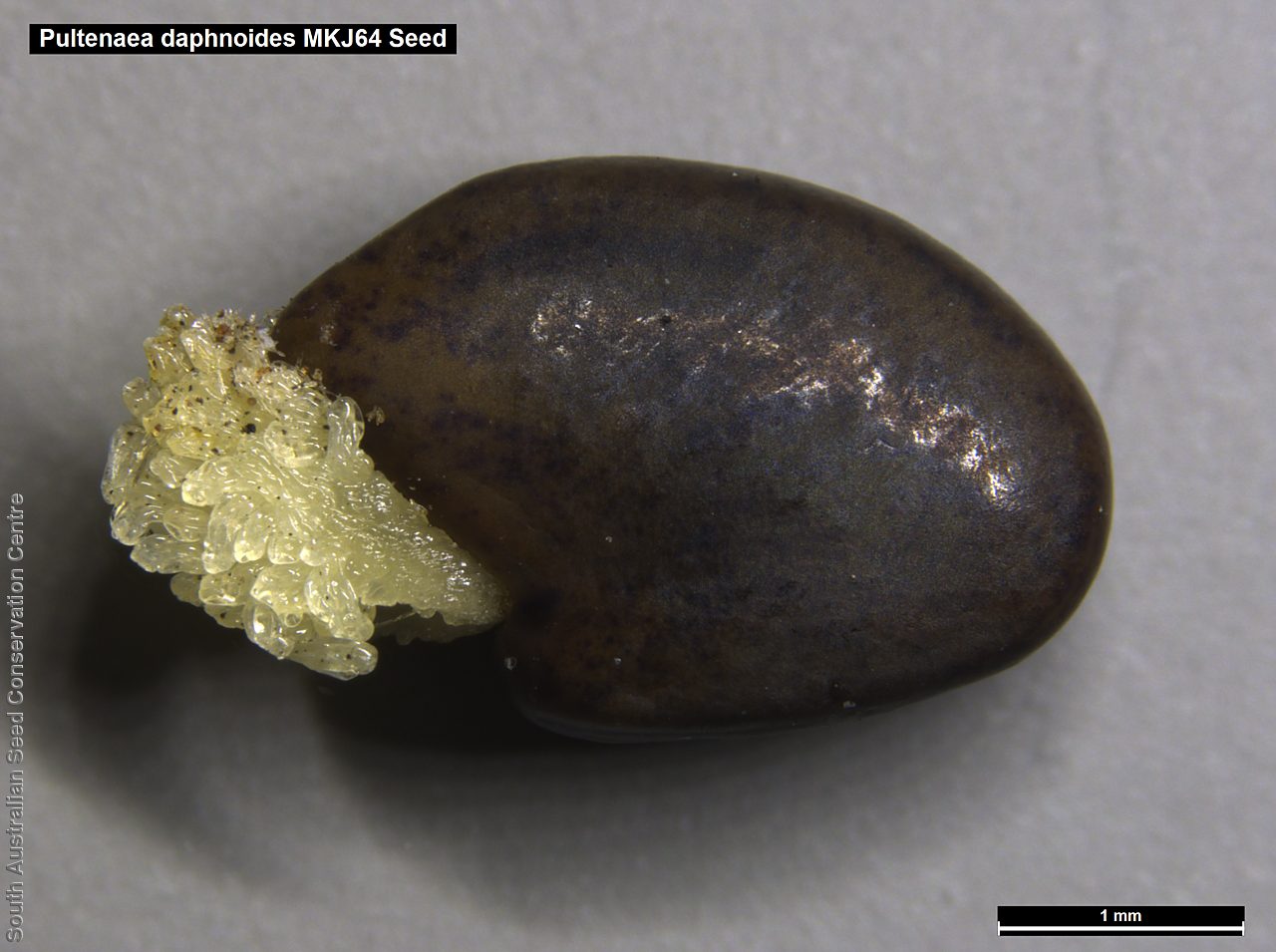
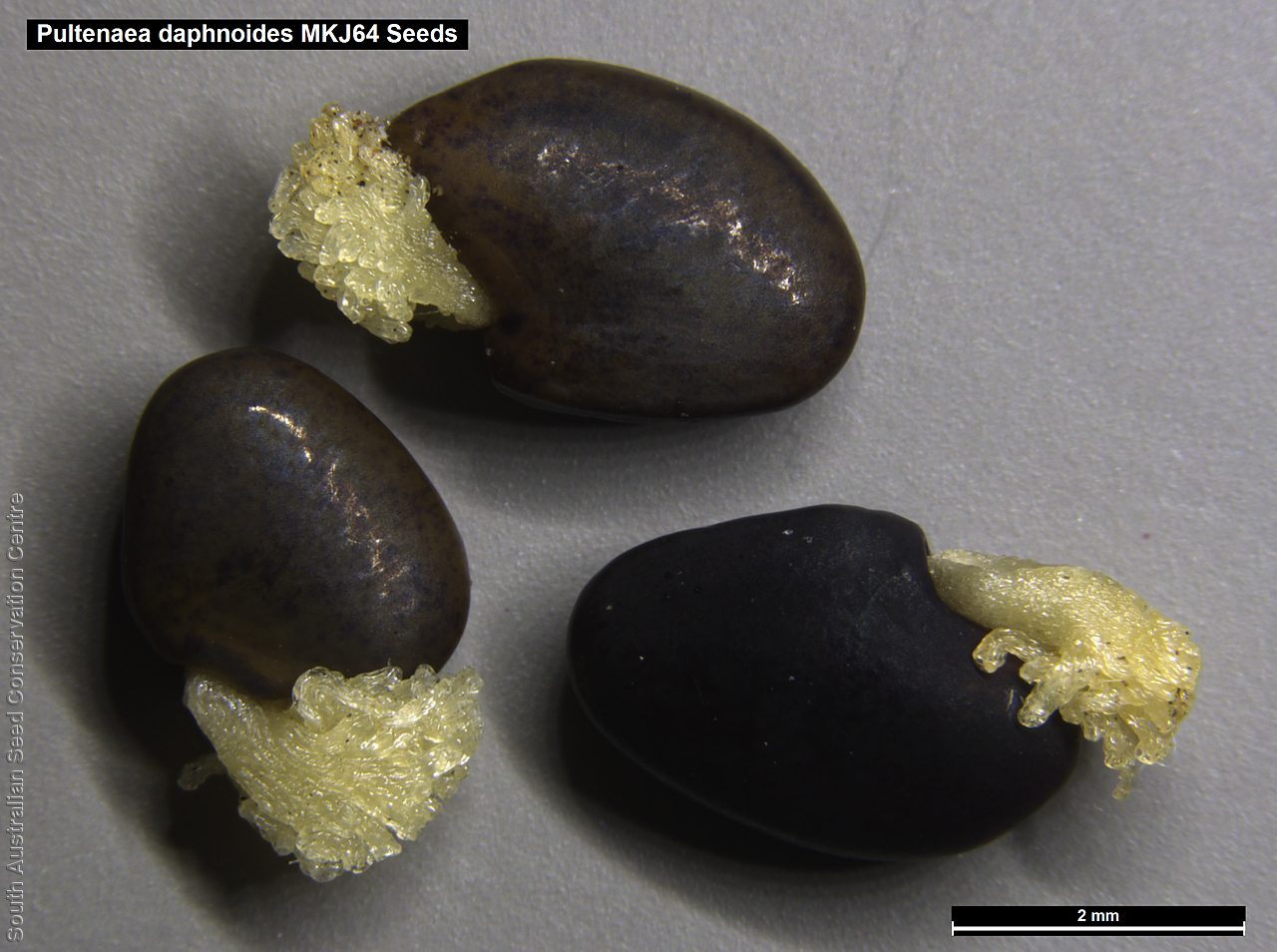

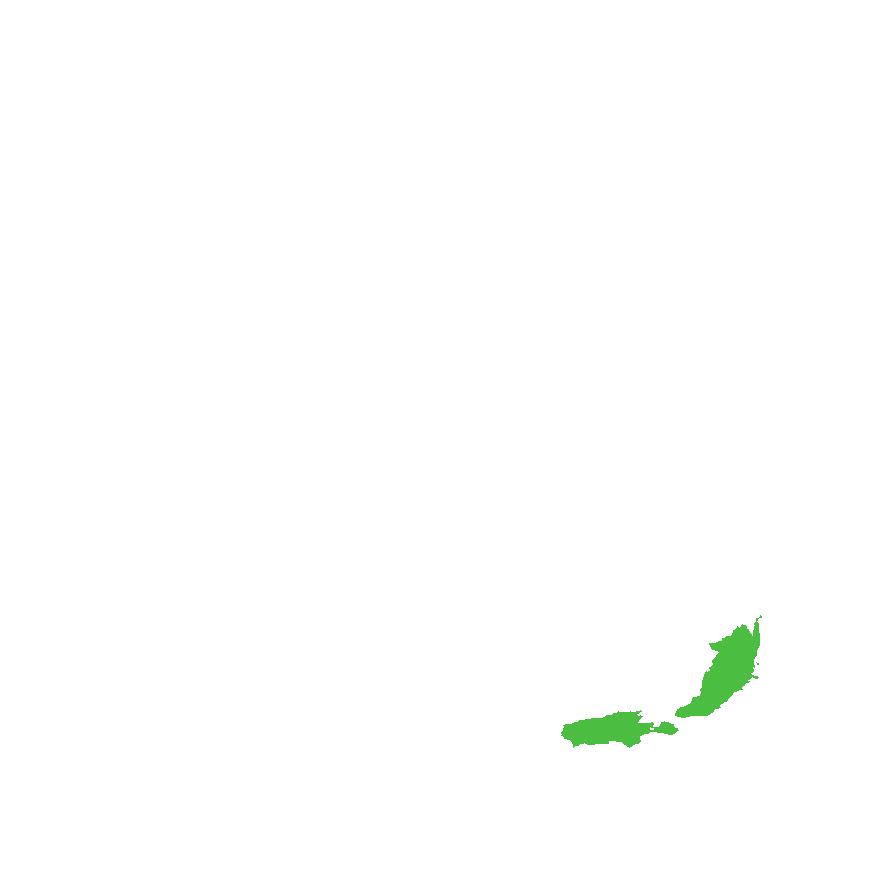
Botanical art
Prior names
Pultenaea obcordata
Pultenaea daphnoides var. obcordata
Etymology
Pultenaea named after Richard Pulteney (1730 � 1801), an English physician, botanist and biographer of Carl Linnaeus. Daphnoides means resembling the Daphne, an old name for bay-laurel and is from the Dryad nymph of chastity, Daphne, in Greek mythology.
Distribution and status
Found on Kangaroo Island and the southern Mount Lofty Ranges in South Australia, growing in dry to wet sclerophyll woodland and heathland. Also found in Queensland, New South Wales, Victoria and Tasmania. Native. Common in South Australia. Common in the other states.
Herbarium regions: Southern Lofty, Kangaroo Island, Green Adelaide
NRM regions: Adelaide and Mount Lofty Ranges, Kangaroo Island
AVH map: SA distribution map (external link)
Plant description
Erect shrub to 3 m high with ridged or angled stems, hairy when young. Leaves alternate, narrowly to broadly obovate or cuneate, to 30 mm long and 20 mm wide, apex obtuse or truncate, upper surface glabrous, darker than lower, lower surface glabrous or with sparse hairs. Inflorescence terminal clusters with 6�15 yellow pea-flowers with a red centre. Flowering between September to November. Fruits are hairy flat, brown ovoid pod to 7 mm long. Seeds are dark brown to black reniform seed to 3.5 mm long and 2 mm wide, with a cream aril. Seed embryo type is bent.
Seed collection and propagation
Collect seeds between November and January. Collect maturing pods, those that are brown or turning brown and contain hard seeds inside. Place the pods in a paper bag and leave to dry for one to two weeks. Then rub the pods with a rubber bung to dislodge the seeds. Use a sieve to separate the unwanted material. Store the seeds with a desiccant such as dried silica beads or dry rice, in an air tight container in a cool and dry place. From one collection, the seed viability was average, at 80%. This species has physical dormancy that needs to be overcome for the seed to germinate. The seed coat needs to be ruptured so that water can enter the seed before germination can occur. Methods to rupture the seed coat include scarification with sand paper or nicking the seed coat with a sharp blade or hot water treatment by immersion in boiling water.
| Location | No. of seeds (weight grams) | Number of plants | Date collected | Collection number Collection location | Date stored | % Viability | Storage temperature |
|---|---|---|---|---|---|---|---|
| BGA MSB | 1,400 (8.6 g) 1,400 (8.6 g) | 100 | 5-Jan-2005 | MKJ64 Southern Lofty | 31-Mar-2006 | 80% | -18°C |
Number of plants: This is the number of plants from which the seeds were collected.
Collection location: The Herbarium of South Australia's region name.
% Viability: Percentage of filled healthy seeds determined by a cut test or x-ray.